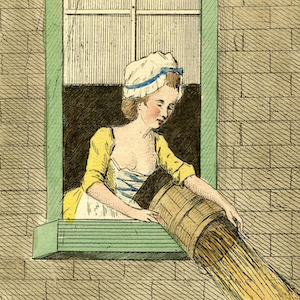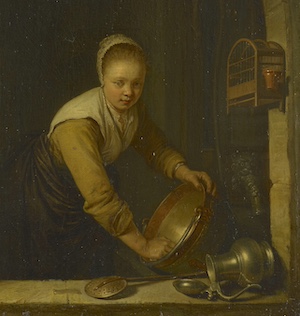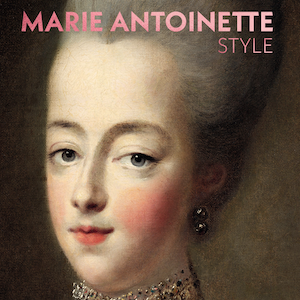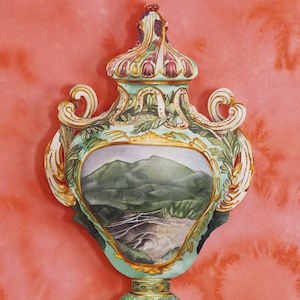Demetra Vogiatzaki In October 2024, the Musée Carnavalet in Paris opened Paris 1793–1794: Une année révolutionnaire, an exhibition tracing how the city was transformed during Year II of the French Republic.[1] Among the objects on display was a limestone head, severed at the neck, that once formed part of a…
Economies of Waste: Revolutionary Administration and the Afterlives of the Notre-Dame Kings






